This Climate Change Adaptation Toolbox helps you find out about the changing climate, what it might mean for your business, organisation or community and what you can do about it. You can assess your current climate resilience and plan for future change by working through the five steps.
Temperatures, rainfall, storm intensity and sea levels are all expected to change in the future. Changes in the climate can offer benefits but can also lead to increased frequency and intensity of weather-related natural disasters.
This risk needs to be managed – for instance by locating infrastructure away from high flood risk areas, planting drought tolerant species or building for high wind speeds. This is known as climate change adaptation.
Planning ahead can help maximise benefits and minimise costs. Some adaptation decisions will require a number of actions while others will be quite straightforward, requiring few changes.
What can the Toolbox be used for?
- To learn about climate change and adaptation.
- To access information, tools and resources.
- To assess your resilience to climate change.
- To find ways to adapt to climate change by working through all five steps and completing the tasks, exercises and checklists.
The Toolbox provides a framework and resources to help you develop your own risk management plan and adaptation strategy. It does not produce a customised climate change adaptation strategy for you.
The steps followed in this Toolbox are similar to the 10-step framework followed in the New Zealand Coastal Hazards and Climate Change: Guidance for Local Government by the Ministry for the Environment.

NIWA can help
We help businesses, organisations, communities and central and local government understand their climate risks and carry out adaptation planning, including:
- Developing detailed climate change projections for a location or sector (for example agriculture, horticulture, tourism or infrastructure).
- Helping understand the potential impacts and risks on your activities.
- Teaching adaptive pathways thinking as a mechanism for adaptation planning.
- Translating and communicating climate and hazard knowledge to enable decision making.
To talk to us about this, email [email protected].
Acknowledgments
This Climate Change Adaptation Toolbox has been developed jointly by NIWA, the Ministry for Primary Industries, the Ministry for the Environment and Covec Ltd., and has drawn extensively on the climate change adaptation wizard developed by the UK Climate Impacts programme.
Note: The Climate Change Adaptation Toolbox (Toolbox) is provided [as an aid to help you better understand and assess your own resilience to climate risk and] for general information purposes only. While every effort was taken to ensure the Toolbox is accurate and up-to-date, the Toolbox is provided “as is”, without any warranty or representation of any kind. Neither NIWA nor any of the contributors to it are liable for any loss or damage whatsoever arising out of, or in connection with the use of or reliance on the Toolbox or for any errors or inadequacy in it. You are solely responsible for your use of the Toolbox, including assessing your resilience to climate risks and in planning for those risks.
-

Step 1: Getting started
This step helps you understand risk, climate and adaptation, as well as reasons to adapt. -
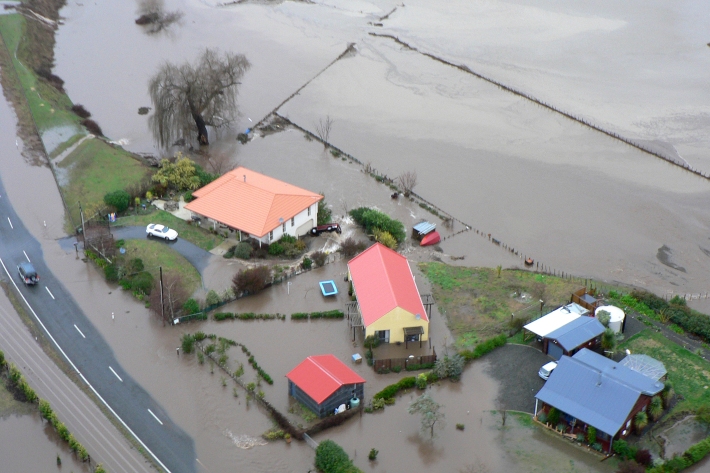
Step 2: How resilient are you to climate risks?
This step helps you assess your resilience to current climate risk. -
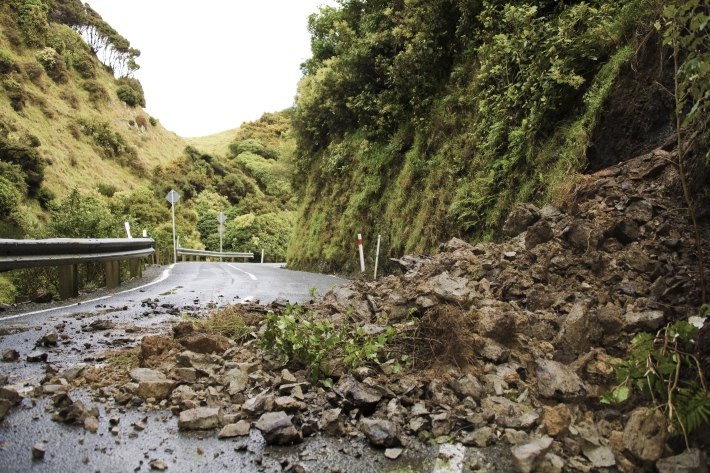
Step 3: How will climate change affect you?
In this step you will identify your climate change risks, compare them to other (non-climate) risks affecting you face and piroritise your responses. -
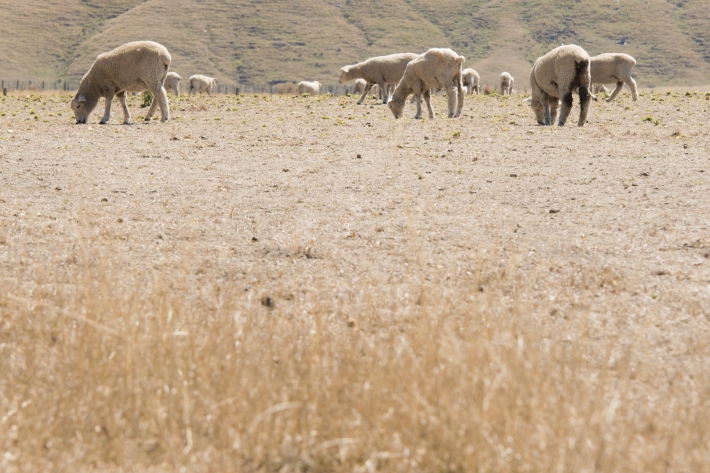
Step 4: What actions should you take?
This step will help you identify options for action, bearing in mind that often decisions have to be made with limited information. -
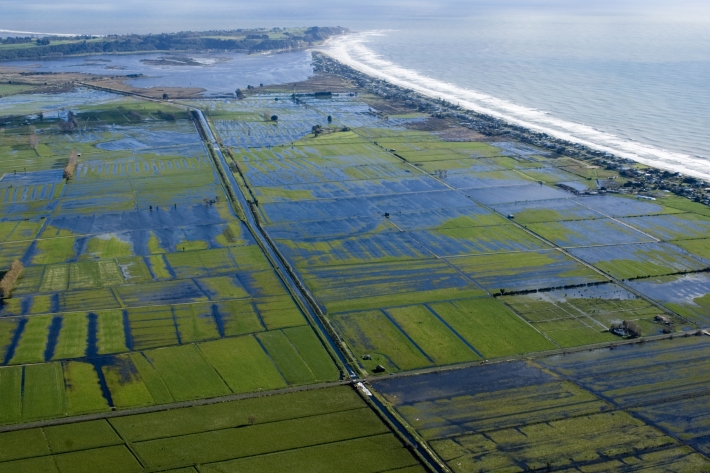
Step 5: Long-term planning
Adapting to climate change is dynamic and uncertain. This step provides guidance on how you can keep your analysis, decisions and responses relevant and up-to-date in a continually changing environment. -

Resources
This list of resources will support your climate change adaptation planning. -
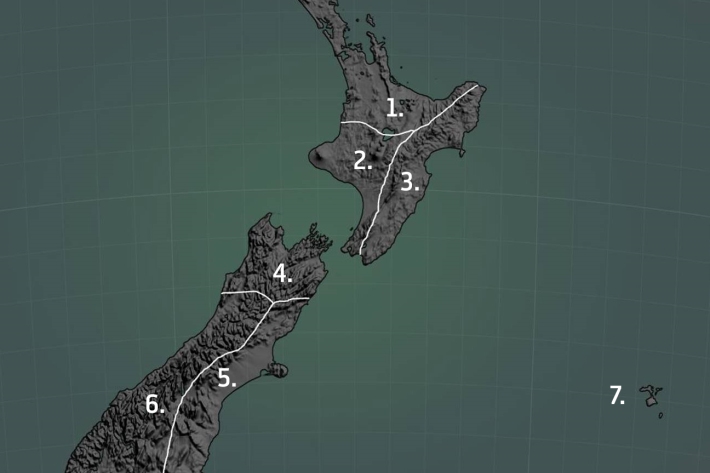
Projected regional climate change hazards
This page provides a summary of projected climate change hazards. -

Glossary
This page provides definitions for words and terms used frequently in relation to climate change and global climate modelling
